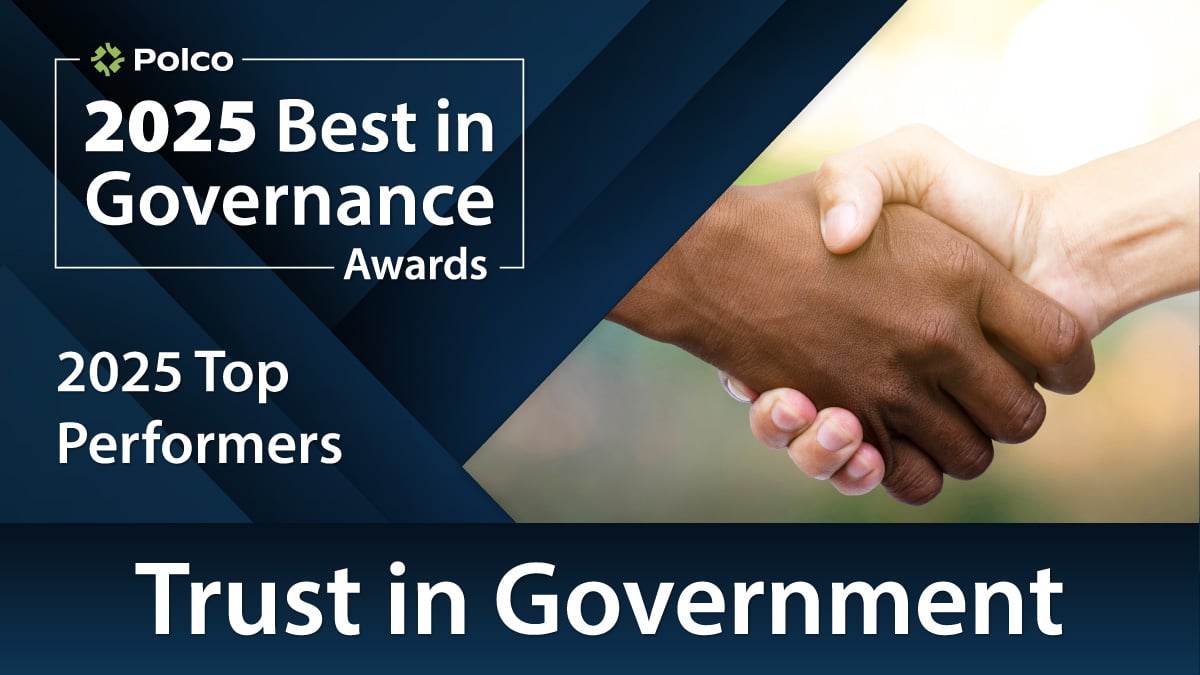The Challenge for Government Communicators: Don’t Think Like Government
By NRC on September 18, 2017

- By Sparkle Anderson – Director of Communications for Pearland, TX -
If there is one challenge I face daily in my role as Director of Communications for a local municipality, it is not thinking like government. Part of this challenge is easy to address in that I didn’t begin my career working for a government agency. My first job out of college was at a local news station. From there I worked at a large energy company in Houston, then a local non-profit, finally landing in my current job. If there is one thing that I have learned over the years working for a local municipality, it’s that the experiences from my previous roles allow me to move beyond what’s expected of a government communications shop. I have made it my daily mantra not to think government and here’s why.
People view government as boring, and who wants to be boring?
Let’s face it, residents in the cities, counties and government entities we work for do not think government is entertaining. When I mention government, more likely than not, it probably conjures up images of long lines, bureaucracy, etc. So, part of the reason why government communicators need to think more creatively and beyond traditional government speak is that residents expect more from us now. Just as they expect interactions with other utilities, companies they buy products for and non-profits they support, they expect you to be human.
A year or so ago at the City I currently work for, we developed a video titled, “Angry Tweets.” It was a play on the Jimmy Kimmel’s late night hit, Mean tweets. It was different and while some loved it, others didn’t. But, the idea here is that we tried to think outside of the box and give people something different. I can recall some of the social media comments people made on the video. One was, “You always say you want government to meet you where you are, well here is an example of just that.”
Great ideas in the corporate/business world can be applied to government.
When I accepted my first municipal job, I drafted brand guidelines with no funding and began implementing a brand package from guidelines developed for a Fortune 500 company I had previously worked for. Sure, there were probably government examples of brand guidelines I could review. And at the time, I did review those as well, but, I found that the corporate guidelines covered more ground than most municipal brand guidelines. I have since updated those guidelines, adding additional areas. This is one example, but, there have been countless examples over the years where I have found inspiration, examples and more outside of the government realm.
Government communicators are sometimes afraid to fail and you shouldn’t be.
The fear of failure is what often holds us back. And, in local government, fear of failure, inability to take risks, can be debilitating. In Round Rock, Texas for example, the cracker jack Communications Department used cats of all things to share information on their annual budget. Most government entities would be afraid to take a risk like this. But governments that take risks will be more successful in the long run. Because, it is these entities that will be better equipped to adapt to the ever-changing needs of its constituents.
No one expects government communicators to lead, but do it anyway.
If you work in local government, in most cases, you aren’t expected to pave the way or lead and this is also true for government communications. But I’d argue that it is for that reason we should work even harder to do so. I don’t ever want to be put into a box. And when you are not expected to lead, that gives you great leeway to step up and surprise people. One great example of this is from one of my colleagues Kristi Wyatt who currently leads the City of San Marcos, Texas’ communications. She pushed for San Marcos to be an early adopter of the Facebook for Workplace feature and has seen great success in using the technology to better communicate with City staff. Her work there is one example, but there are countless other examples of individuals taking government communications to new heights.
Government communicators must embrace technology or get left behind.
The example above brings me to my next point, government communicators must embrace technology. Government entities should be using technology the same way that for-profit entities are using it. As governments are adapting to technologies, developing apps for citizens to report issues, or using smart technology to ensure they know when a streetlight or traffic signal is out, government communicators are tasked with using that information to benefit the citizens we serve. Some of you who have been paying attention, might have noticed the Texas Gulf Coast recently experienced a Hurricane and is still coping with its aftermath. At the height of the storm, utilizing mapping software to communicate road closures to residents, was not only good practice, in many cases it was also lifesaving. We should continue to find ways to better use technology and improve our communications.
So, to all my government communicators out there, join me in working to move beyond the expected and not, “think like government.”

Sparkle Anderson is an award-winning public relations and marketing strategist. Anderson brings more than ten years of experience to her current role as Director of Communications at Pearland, TX. Under her leadership, residents have given Pearland some of the highest and most improved ratings for community engagement compared to all other jurisdictions that conducted The National Citizen SurveyTM in 2016. For more content from Sparkle, visit her website, sparkleanderson.com.
Related Articles
Popular posts
Sign-up for Updates
You May Also Like
These Related Stories

Good Government: Mapping the Commons

Top Ten Predictions for Local Government Survey Research

